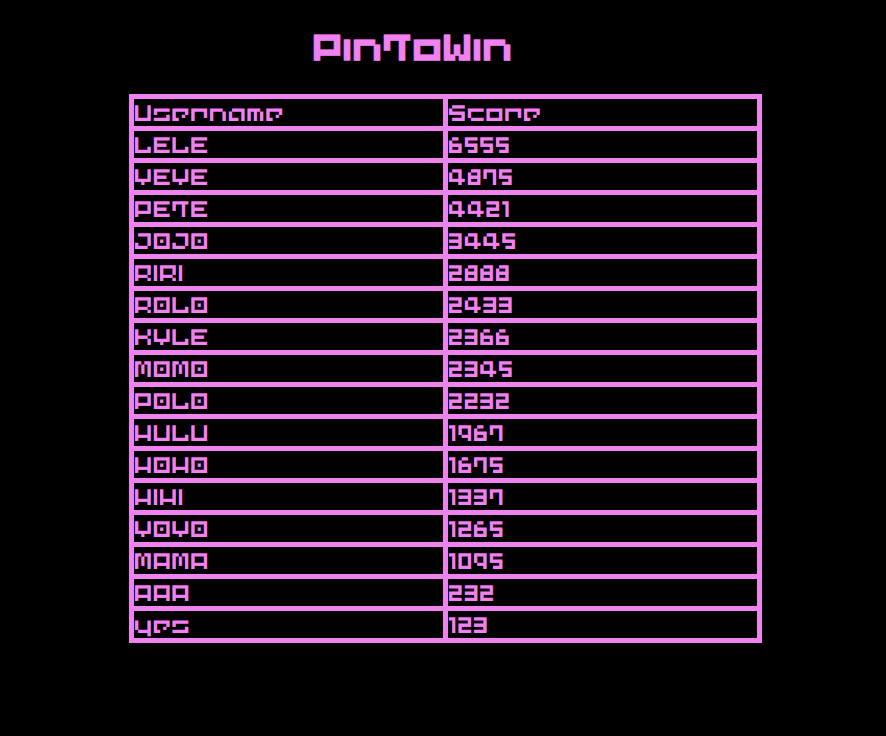Jürgen
Solenoid Driver:
As some required parts are missing to create the circuit for the solenoid driver, namely a N-Channel MOSFET, no futer process was made regarding this. The missing parts were ordered and this will be continued when they arrive. Furthermore the focus was shifted more towards the ball detection device, as this enables the Computer Science members of this team to start thier work on the machine.
Ball Detection
For detecting the ball, a 2×2 matrix of LDR-Sensors was created, which feeds its data via UART into the Laptop, where with the software Processing a simle UI was created. The UI reads the Serial data and displays it as a grid with the value representing the color gradient form black (shade above sensor) to white (no object in front of sensor).
On the microcontroller (µC) a simple software is running to sample all the ADCs in one run, then the GPIO Pins are used to switch to the next column (see last post).
With this, the proof of concept was finished for this device. As for the actual machine the design is already finished, the dimensions for the grid are known and thus i can now start designing a PCB, which greatly helps with the wiring, as otherwise around 150 LDRs would have been up to wiring and gluing into place, which is never a good idea and not a pleasant job to do.
For the PCB it was discussed to have a Analog to Digital converter (ADC) and some kind of GPIO-Expander or Shift Register on it for column selection. As a idea from Steven, putting a separate µC on the PCB would create a closed system, and furtermore all hardware-components needed for evaluating the matrix are included in every µC with at least 32 pins, namely 8 channel ADC and 11 GPIO pins.
With this in mind, i started looking for suitalbe µCs, which are available, as due to the chip shortage most of them are sold out.
Furter more, every student is able to order free samles from Microchip, the manufacturer of the ATMega chips built into the Arduino. This is my backup-plan, where i ordered also a few chips, hopefully they arrive within 1-2 weeks.
The plan is currently, to finish the PCB design until end of September, so the order can be placed in china and parts as well as PCB arrive in mid october.

Marcus.
For this week I started to brainstorm how the ball detection system would work in code. And how to control the sensors themselves. For the unity simulation, I cleaned up some of the code, and tested some different board configurations. Because we are going to use light sensors, I started working on how to detect the ball in the Unity simulation. Initially I decided to just copy the out of bounds object and change the shape to a circle. However, since we are going to use light sensors to detect the ball. The teacher recommended/ challenged me to use a ray-cast system instead. Therefore, I started to research the ray-cast system of Unity.
Petter.
Out of action because of sickness this week, but managed to experiment from home with light sensors using an Arduino Mega. Started looking into how pin ball point systems work. Also started playing around with a website connected to a MySQL database that could be used for displaying a future scoreboard with highscores, recent gambling wins etc. if we ever were to implement it into our system.
Example of what it could look like:

Jostein
Brainstorming the idea of the flipper system. I’ve written some diagrams considering the detection and flipper system itself:

Besides this I have been working to see if the Microbit and ADA language could be a useful environment to develop the code in. I’ve written some barebones pseudocode but haven’t done much besides this in this regard.
Most of the time spent is used with figuring out the sensors and the microprocessor.
Kristian
This week, me and Jurgen got to test the solenoids i bought for the project, confirming that they have enough power for what we need them to do. they managed to launch the smaller marble balls at 1.5 m/s with a 12 volt power supply.
Beyond this, I’ve continued some work on the 3d model, including some practical test pieces to fine-tune aspects of the final design without wasting massive amounts of materials.
The flippers, the electronics shelf, and the flipper solenoid fixtures have been redesigned.